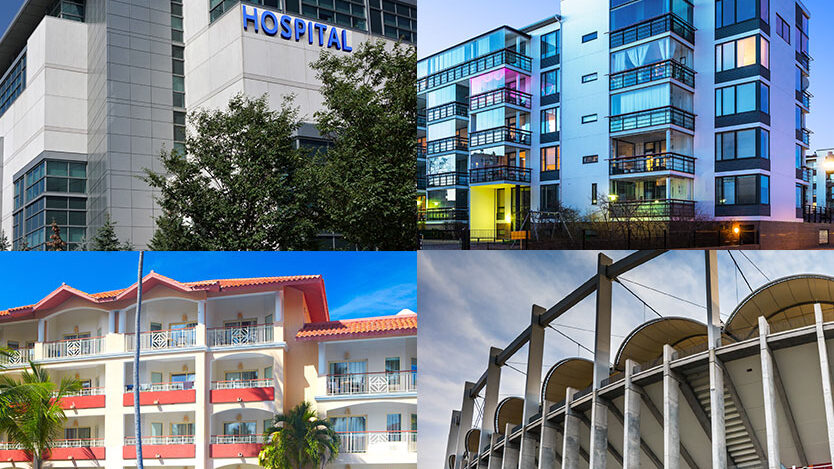Exploring the Impact of Network Protocols on Improving Internet Connectivity in Multi-Unit Units
Exploring the Impact of Network Protocols on Improving Internet Connectivity in Multi-Unit Units
Blog Article
Ethernet protocols serve a crucial function in improving web connectivity, particularly in multi-dwelling buildings (MDUs) like flat complexes and condo complexes. These standards define how information is transmitted over systems, guaranteeing that equipment can interact efficiently. As more individuals rely on the internet for employment, education, and leisure, having a reliable and fast link in MDUs has grown increasingly important. By understanding Ethernet protocols, building administrators and residents can make knowledgeable decisions about their web provisions, leading to improved access for everyone.
One of the key Ethernet standards is IEEE 802.3, which details the requirements for wired Ethernet links. This specification has evolved over the decades, introducing faster rates and enhanced efficiency. For instance, the initial Ethernet specification provided speeds of 10 megabits per second, while more recent iterations, such as Gigabit Ethernet, can provide rates of up to 1,000 megabits per second. In MDUs, where numerous residents utilize the common internet connection, having a rapid Ethernet network can significantly enhance the total consumer experience. Faster speeds mean quicker file transfers, more seamless broadcasting, and more reliable video calls, which are crucial for remote work and virtual education.
Another important aspect of Ethernet standards is the implementation of structured wiring systems. These structures arrange and manage the network cables that connect devices within a building. By following the principles set by Ethernet standards, MDUs can guarantee that their wiring is effective and effective. This structure helps minimize signal interference and improves data transfer standards. Additionally, organized cabling enables for simpler upgrades and maintenance, making it easier for building administrators to adjust to changing tech requirements. As web usage continues to grow, having a well-structured wiring system is vital for maintaining high-quality connectivity.
Electricity over Ethernet (PoE) is another important development in Ethernet tech that benefits MDUs. PoE allows system wires to transmit power electricity together with data, removing the need for separate power sources for devices like security cameras, Wi-Fi connectivity nodes, and VoIP devices. This capability streamlines installation and reduces clutter, making it easier to establish a comprehensive network in multi-dwelling units. By utilizing PoE, building administrators can improve security and boost internet access throughout the building without the added expense of additional power work.
In summary, Ethernet protocols have a profound impact on web access in multi-dwelling units. By providing faster speeds, organized wiring, and innovative features like Electricity view it over Ethernet, these protocols help establish a dependable and efficient system for tenants. As technology continues to progress, staying informed about Ethernet protocols will be essential for building administrators and residents alike. By investing in the appropriate infrastructure, MDUs can ensure that all tenants enjoy a smooth internet interaction, making their homes more linked and accessible.